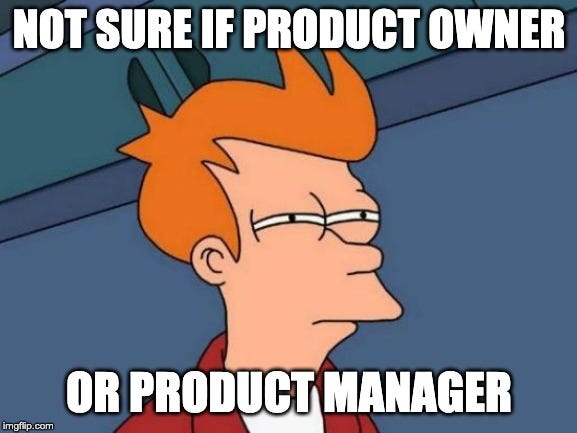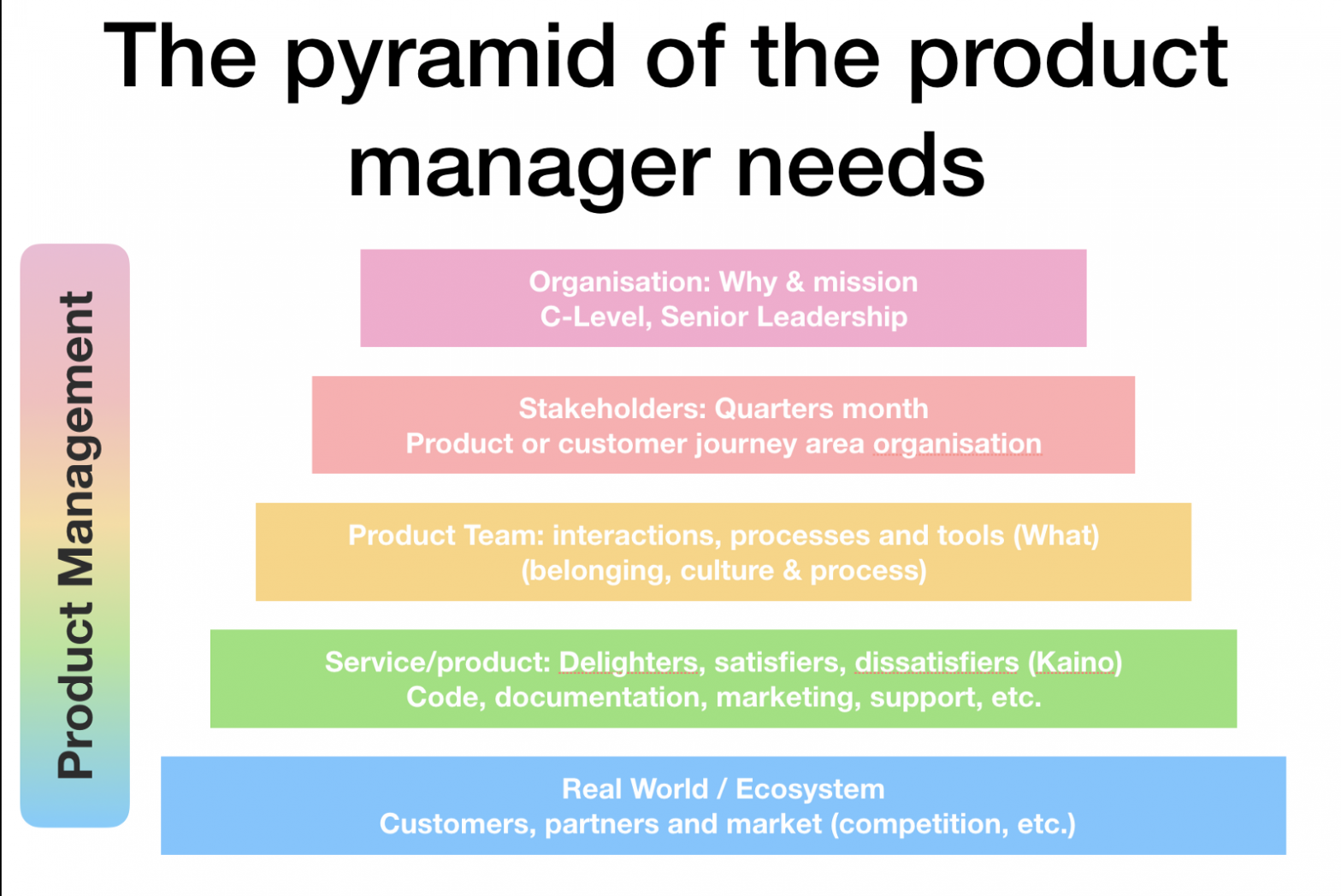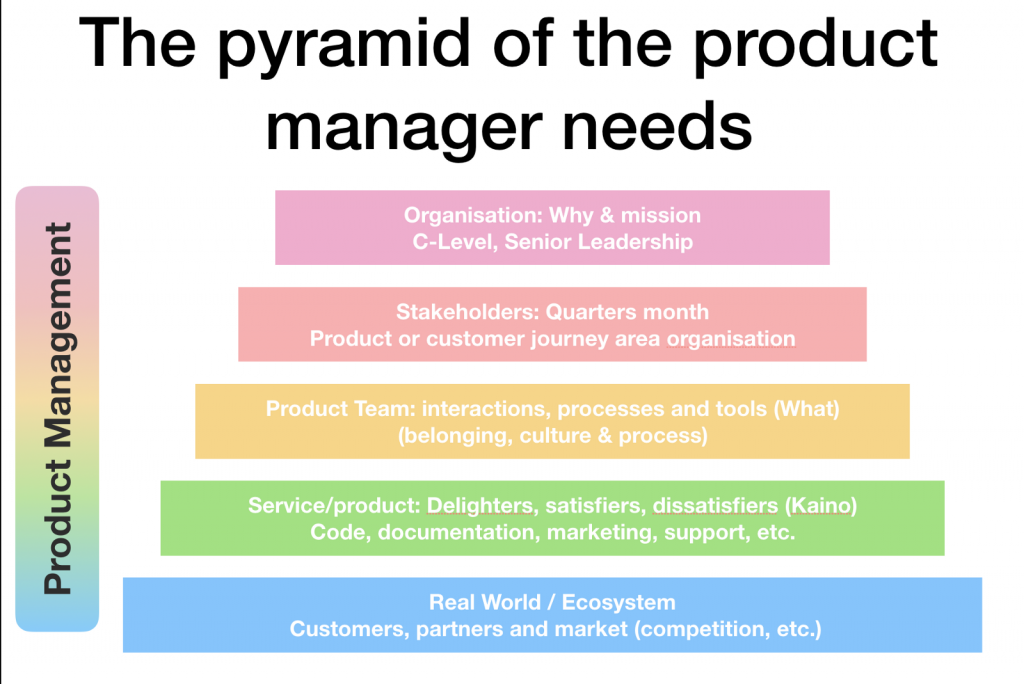First, I was excited to see a “Web Technologies for Managers” course exists.
Then, I reminded myself how often I rant on the internet that “tech is dead” and all industries get digitized. It’s not too long ago that successful companies required their managers to have an understanding of the business they are in. That is mechanical engineers managing car manufacturers, electrical engineers managing electronics businesses. Only the digital industry seems to have technical managers and business managers.
I periodically remind people how difficult the question “are you doing business or technology” is any tech driven. Even McDonalds has their managers flip burgers to start their engagement with the company, to give them an understanding of how the business looks like really.
Next time you hear this question, or worse, ask this question, ask yourself: “Am I in the right business”. Likely, you are better qualified doing something else. The reasoning for this harsh thought is simple. Assuming you see yourself in the high tech business and expect your counterpart to do business with you, you need to radiate confidence about what you are doing. Asking this question high tech managers clearly transports you only know half of the story.
Being an engineer and a business person, I haven’t taken the course itself, hence I cannot recommend it. But I can recommend any person in the business to flip burgers for a few weeks, or the digital equivalent, follow a few technical tutorials. Preferrably from the company you are working for but also, Google, AWS or Github offer plenty of free courses to get your hands dirty. And all of these are free of charge, there is no excuse not to understand technology to that extent that it adds value.
Nevertheless, here is the link: “Web Technology for Managers“. Go learn something.









